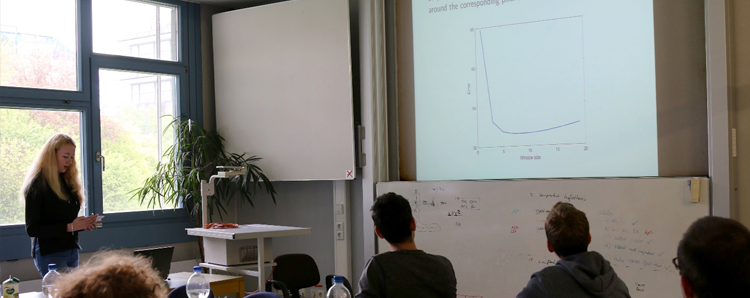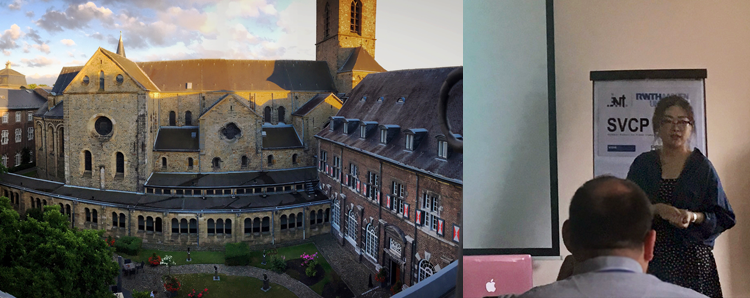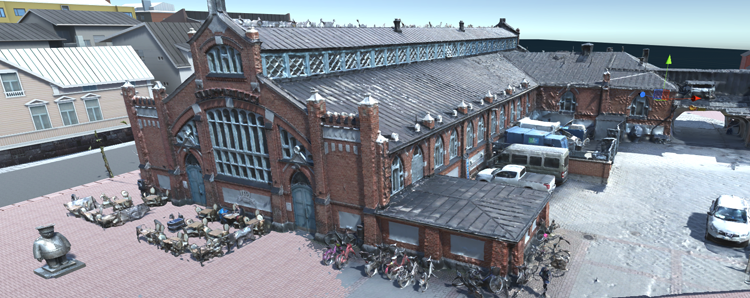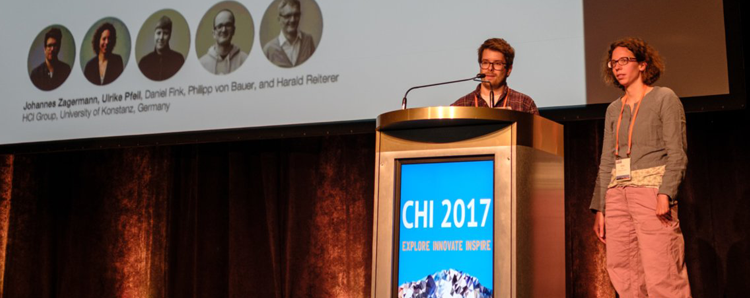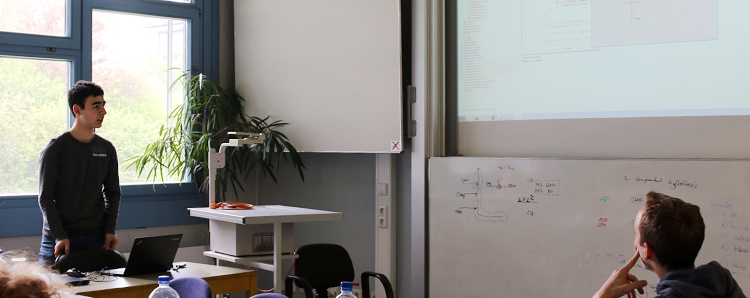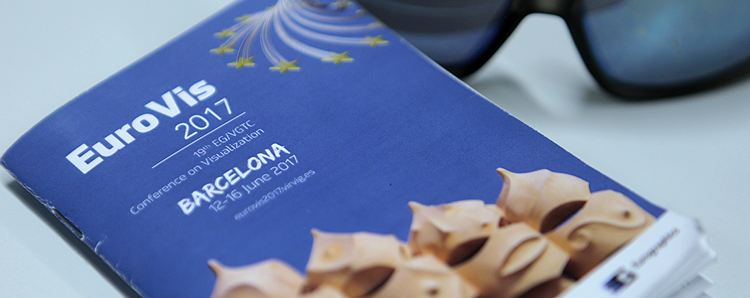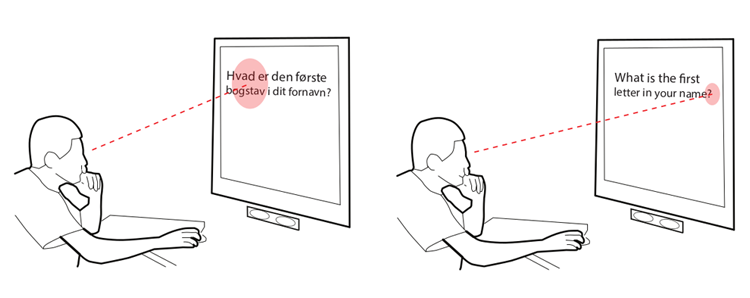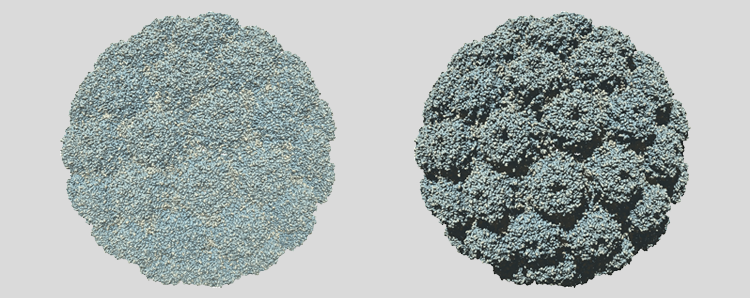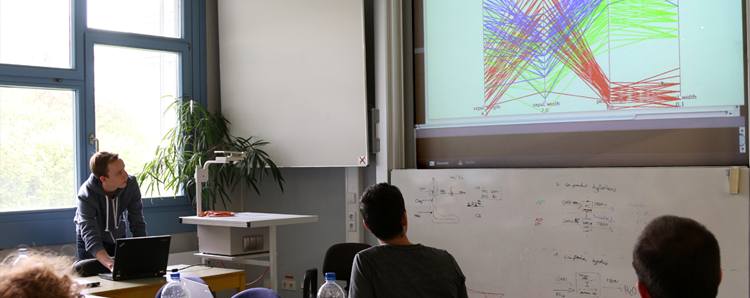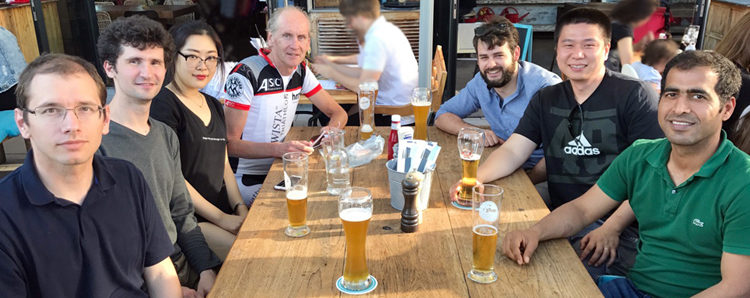Ich habe mein BOGY an der Universität Konstanz im Bereich „Computer Vision and Image Analysis“ absolviert. Meine BOGY Woche begann am 24. März um 10 Uhr. Alle BOGYs trafen sich zusammen mit ihren jeweiligen Tutoren und lernten sich kennen. Nachdem uns grob unterschiedliche Aufgaben der einzelnen Bereiche vorgestellt wurden, welche sehr interessant waren, folgten wir unserem jeweiligen Tutor an unseren Arbeitsplatz.
BOGY an der Universität Konstanz
